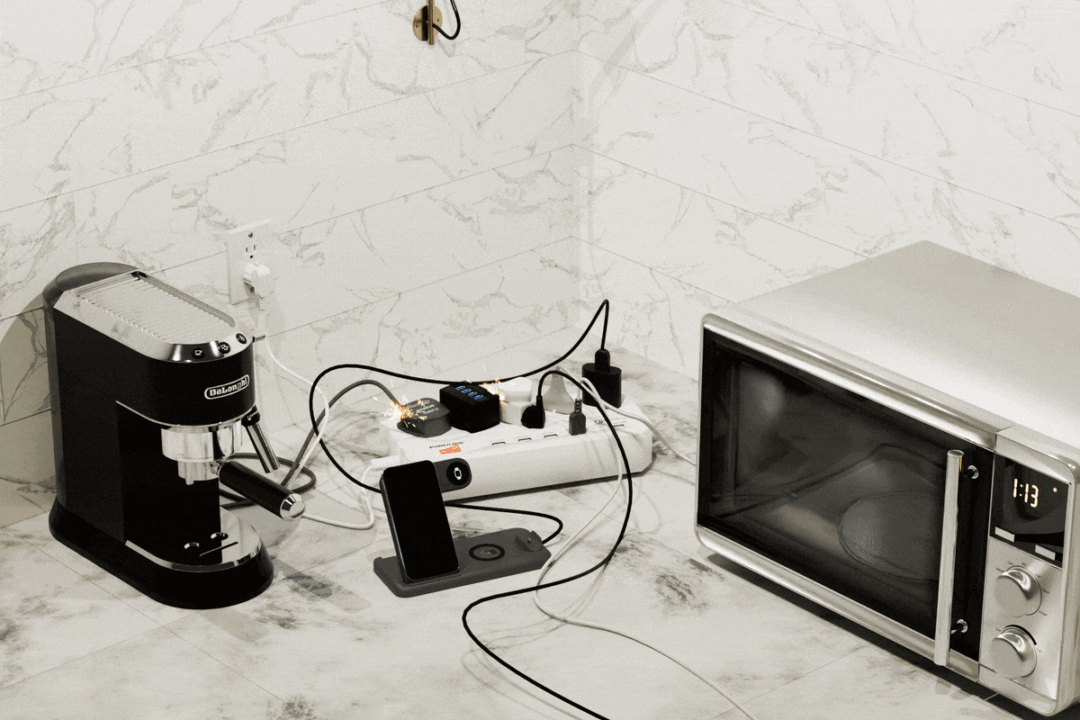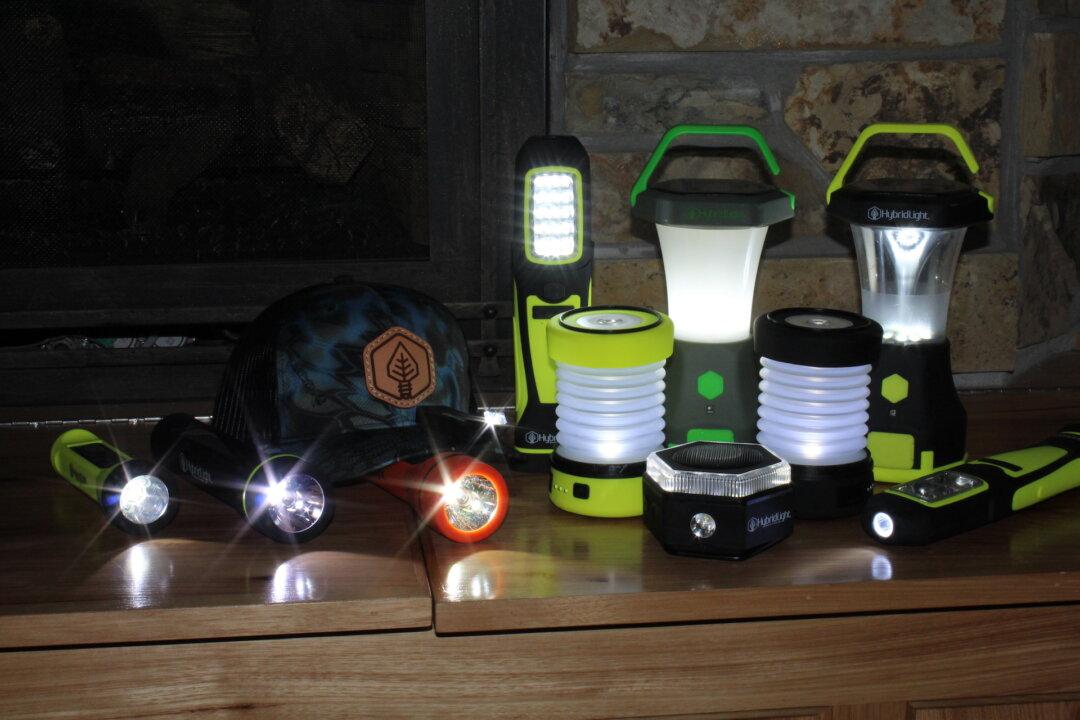If you think the only place to get vegetables is at the grocery store, prepare to be amazed and on the way to some degree of self-sufficiency.
In the wartime years of the 1940s, many people started “Victory Gardens” as a way to grow their own vegetables. The concept faded as grocery stores popped up all over the country, but it’s now making a comeback. Beyond fears of food shortages, there are other reasons to grow your own produce, including the ability to grow specific foods or varieties, eating food that’s “fresh off the vine” and free of pesticides, as well as the fact that while growing your own food requires a lot of preparation and maintenance, it can be economical over the long run when crops are coming in regularly.






